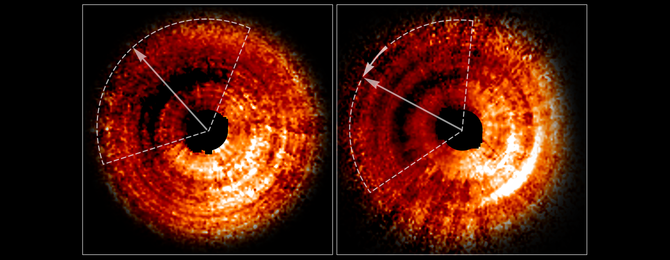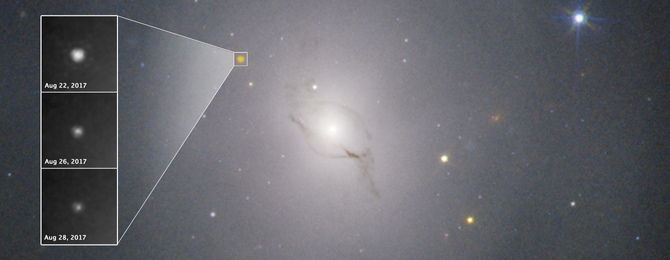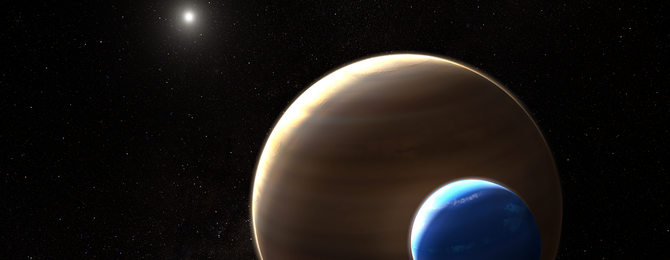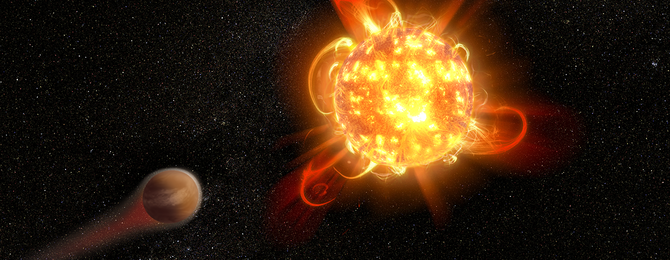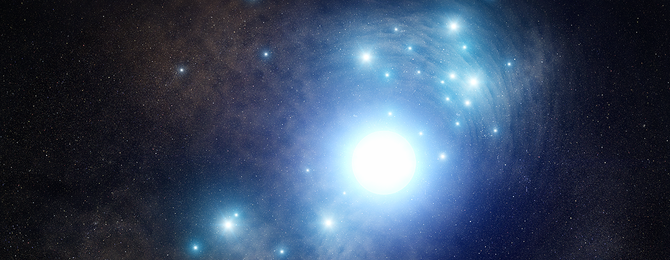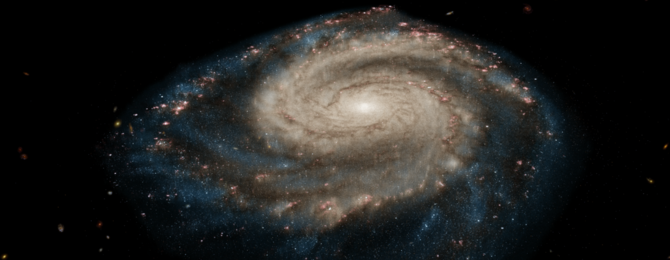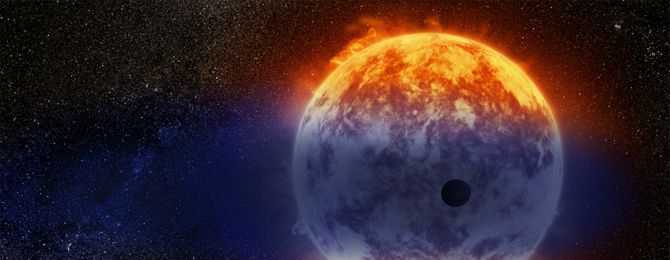Robby
Helper Bot
Hubble Provides Interstellar Road Map for Voyagers' Galactic Trek

In 1977, NASA's Voyager 1 and 2 spacecraft began their pioneering journey across the solar system to visit the giant outer planets. Now, the Voyagers are hurtling through unexplored territory on their road trip beyond our solar system. Along the way, they are measuring the interstellar medium, the mysterious environment between stars that is filled with the debris from long-dead stars. NASA's Hubble Space Telescope is providing the road map, by measuring the material along the probes' trajectories as they move through space. Hubble finds a rich, complex interstellar ecology, containing multiple clouds of hydrogen, laced with other elements. Hubble data, combined with the Voyagers, have also provided new insights into how our sun travels through interstellar space.
(More at HubbleSite.com)

In 1977, NASA's Voyager 1 and 2 spacecraft began their pioneering journey across the solar system to visit the giant outer planets. Now, the Voyagers are hurtling through unexplored territory on their road trip beyond our solar system. Along the way, they are measuring the interstellar medium, the mysterious environment between stars that is filled with the debris from long-dead stars. NASA's Hubble Space Telescope is providing the road map, by measuring the material along the probes' trajectories as they move through space. Hubble finds a rich, complex interstellar ecology, containing multiple clouds of hydrogen, laced with other elements. Hubble data, combined with the Voyagers, have also provided new insights into how our sun travels through interstellar space.
(More at HubbleSite.com)


